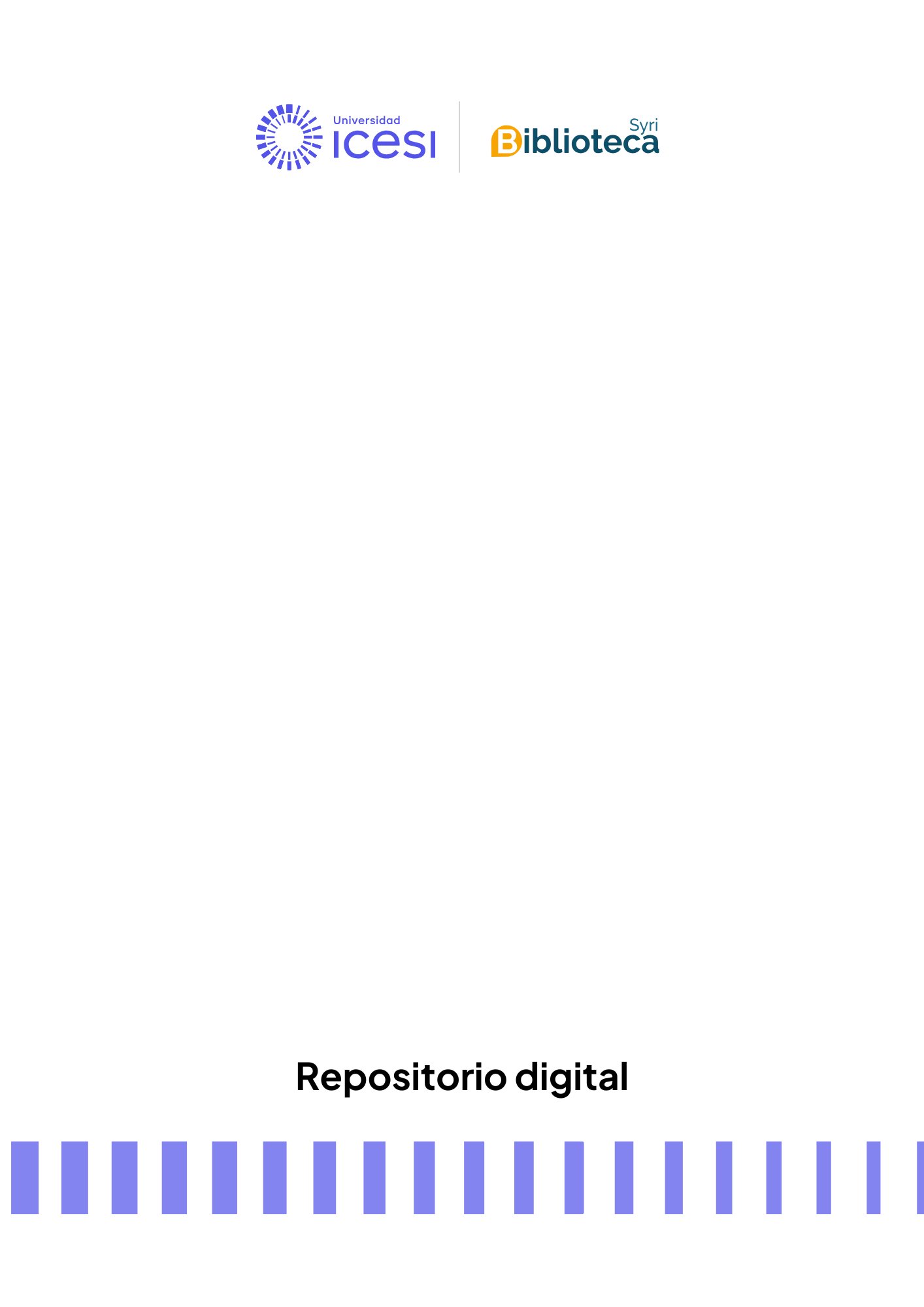Duration data models, unemployment benefits and bias

Archivos
Fecha
Autores
Director de tesis/Asesor
Título de la revista
ISSN de la revista
Título del volumen
Publicador
Editor
Compartir
Resumen
Abstract
The design of an efficient Unemployment Compensation System (UCS) is a common concern of policy makers in OECD and transition countries. In most of these countries the UCS is organized in two programmes: unemployment insurance (UI) and, mainly after UI lapse, unemployment assistance (UA), see Atkinson and Micklewright (1991) for a survey. Traditional approaches analyse the effect of benefits on unemployment duration using only UI data (Stancanelli, 1998; Gonzalo, 2002) or deal with UA data as a mere extension of UI (Stancanelli, 1998, 1999; Alba-Ramirez, 1999; Arranz and Muro, 2004; Juradja, 2004) instead of an analysis that accounts separately for transition rates from UI and UA after UI has expired. The objective of this article is to demonstrate that traditional approaches do not deal with UCS data in a proper way leading thus to biased estimates of unemployment– employment transition probabilities.

